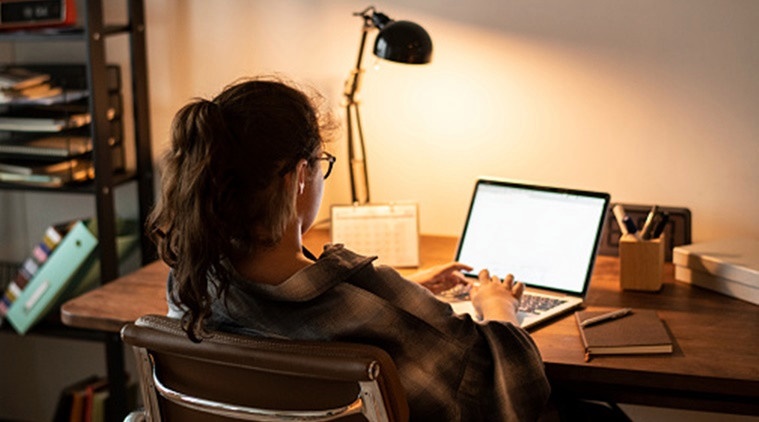 In these COVID times, we are experiencing for the first time art being relayed only through digital means.
In these COVID times, we are experiencing for the first time art being relayed only through digital means.
It was only a year after it was discovered that photography came to India in 1840. Unlike painted likenesses of individuals or groups, photographs captured the moment paralleling the functions of memory. But in doing so, it deprived the image of the warm, human context in which the felt experience was embedded. In a painted work of the Yellow Boys — soldiers who dressed in canary yellow and belonged to Colonel James Skinner’s irregular troops — for instance, the group with its highly individualised features, standing in a row, also reveals an emotional and psychological unity. It is believed Mughal artist Ghulam Ali Khan, who most likely painted these, was taken by Skinner on his travels to make sketches.
Skinner, born of a Rajput woman and a Scottish officer in the late 18th century, would not be admitted to the East India Company because he was considered a half breed. Hence he raised his own irregular troops, which stood out because of their yellow uniform and the marked display of bravery and skill. These painted portraits of him and his troops are a vivid testimony of those feverish times when the Mughal empire was declining and there was a chaos of struggles between rival powers to assume the throne. These depictions by the artist Ghulam Ali, who also painted the last Mughal emperor Bahadur Shah II in all his tragic glory, are a reminder of these times. Pauper or prince, it is the raw immediacy of these paintings that stays in memory.
The last works done by Mughal artists, as well as the Mughal rule itself, became a thing of the past in the disastrous aftermath of the 1857 uprising. The accurate depiction of reality as well as a concern with ordinary people in these brilliant works was overtaken by photography. Yet photography shorn of its emotional context created an anaesthetic atmosphere, which would irreversibly change the nature of the narrative. As the critic John Berger points out: “It had been freed from the limitations of fine art, and it had become a public medium which could be used democratically. Yet the moment was brief. The very ‘truthfulness’ of the new medium encouraged its deliberate use as a means of propaganda. The Nazis were among the first to use systematic photographic propaganda.”
By the early 20th century, we had works of art being reproduced mechanically. But while art could be shared by the ordinary folk, there was a lack of the very aura which a specific context created for it. In the words of the cultural theorist Walter Benjamin, “…that which withers in the age of mechanical reproduction is the aura of the work of art. …By making many reproductions it substitutes a plurality of copies for a unique existence.”
In these COVID times, we are experiencing for the first time art being relayed only through digital means. There are virtual shows, webinars and zoom discussions. The vast expansion of knowledge this has bought about could only be possible through these brilliant and innovative means. It is as if the horizon has expanded endlessly, like those of the medieval miniatures where there was no border between sea and sky.
Yet, if one looks at the participants in these virtual discussions, the profiles are mostly punctuated by darkness or related in shadows and light. Could this be the darkness of death? For the isolation of the space is filled by shades of black. The drama matches the 16th century Italian artist Caravaggio’s brilliant effects in black. His darkening shadows and transfixing subjects in bright shafts of light created a virtual drama of life and death. But where in these virtual discussions or these zoom shows is the drama of being with like-minded people, the warmth of contact and the occasional snort? Surely art relayed digitally can never create the stir of excitement at a brush stroke or a wisp of flying colour or an unfaltering line. Nor can the discussion lead to a shared laughter or a disgruntled shake. When the COVID particle itself glitters like a bejewelled gem, it replaces an art created for individuals which comes into its own by human contact.
This article first appeared in the print edition on July 21, 2020 under the title ‘Art in the age of Covid’. The writer is an art historian and an independent curator